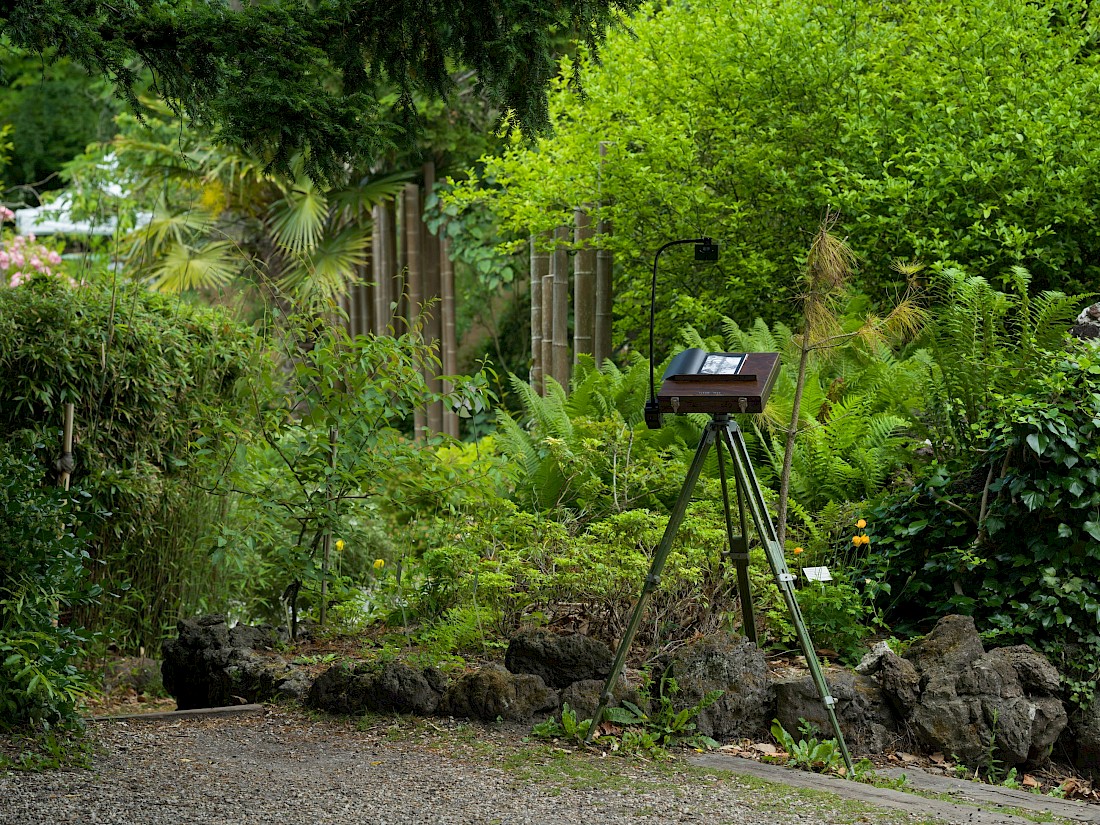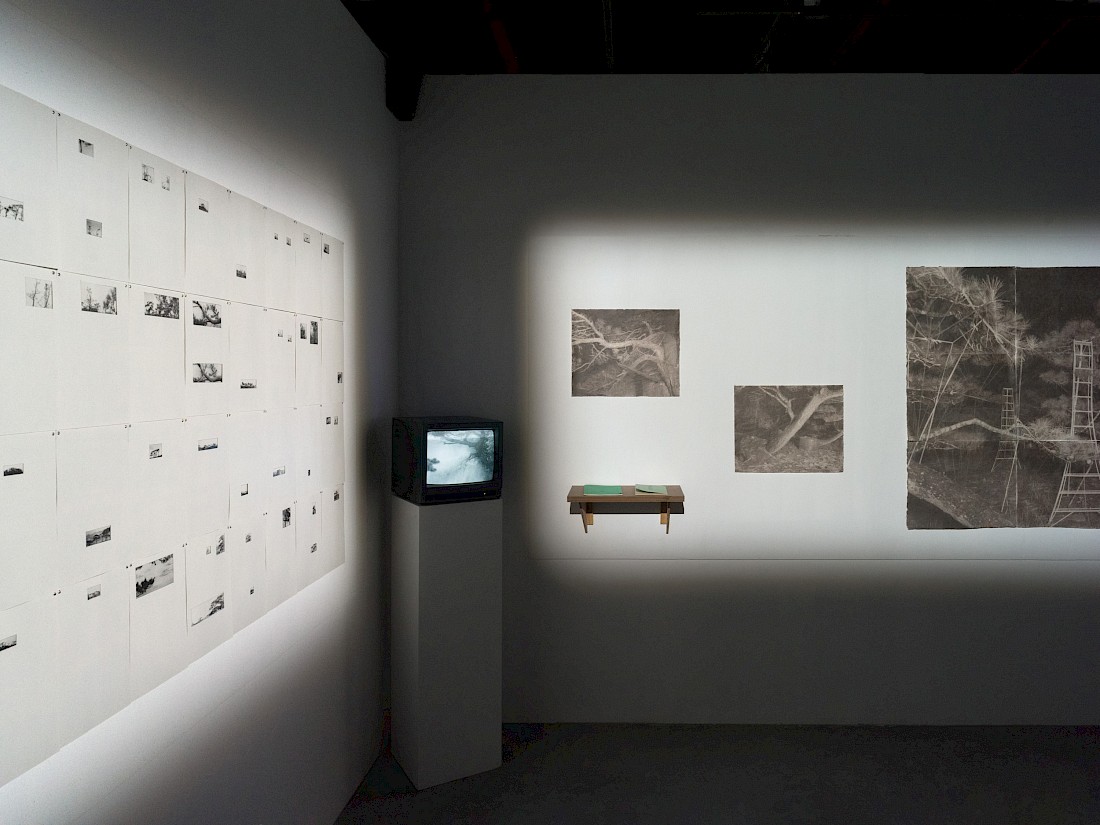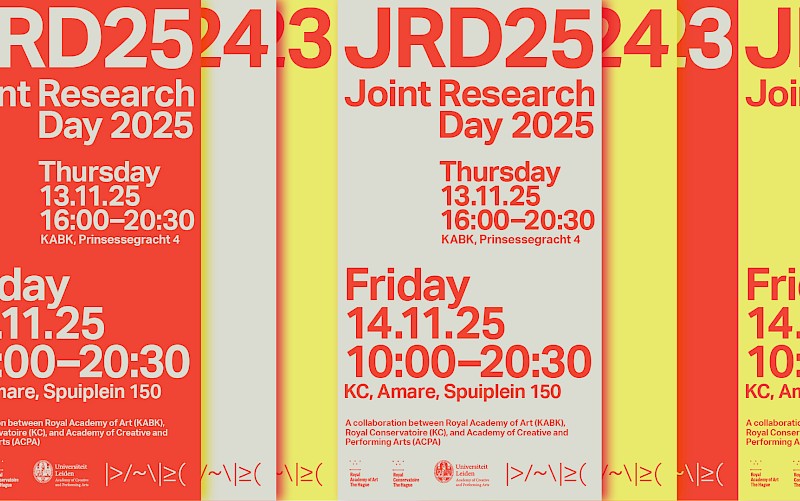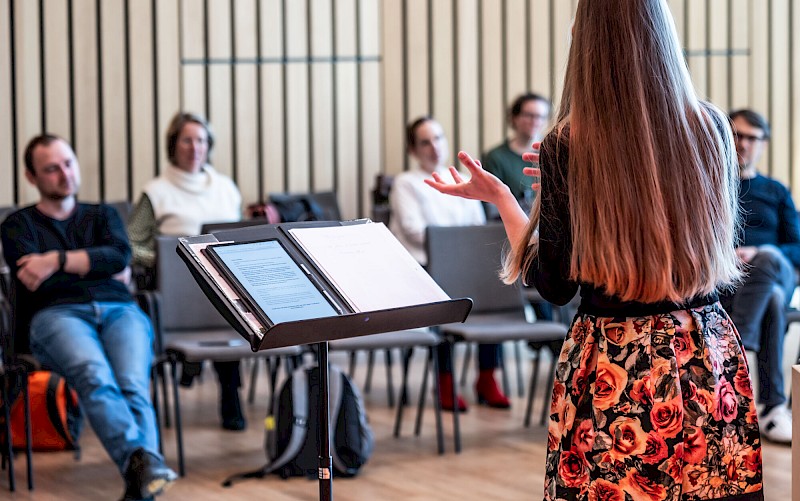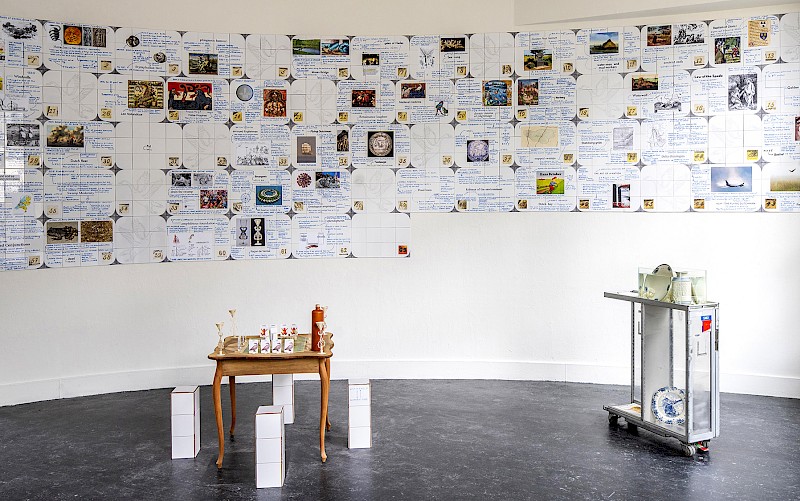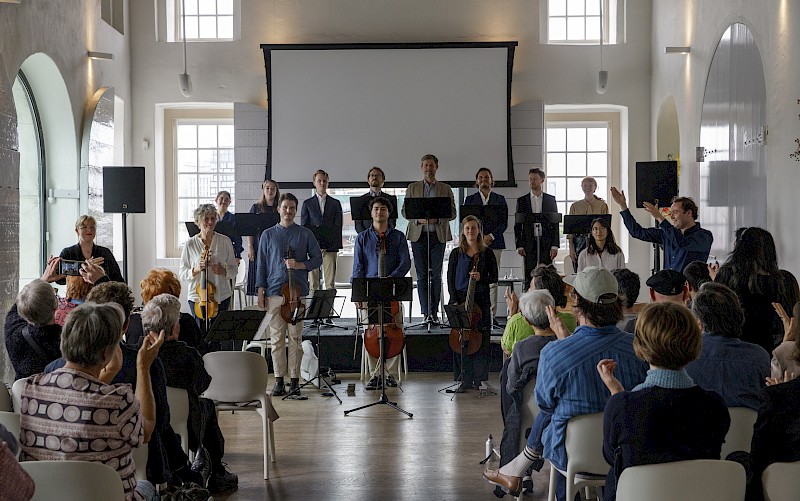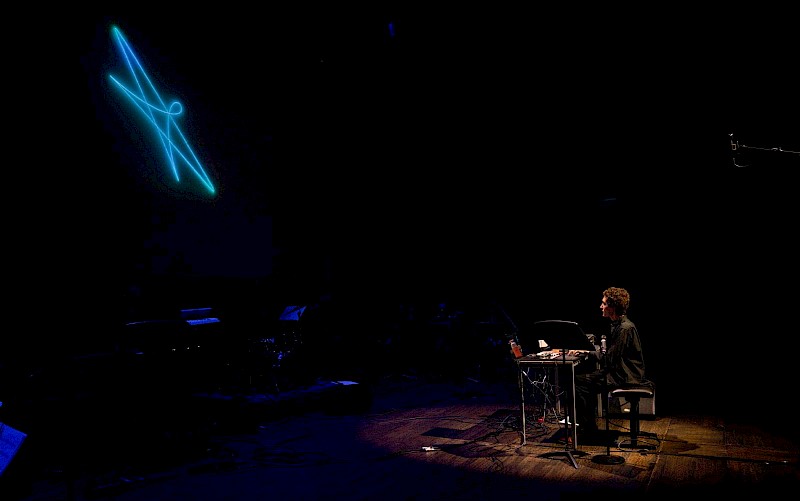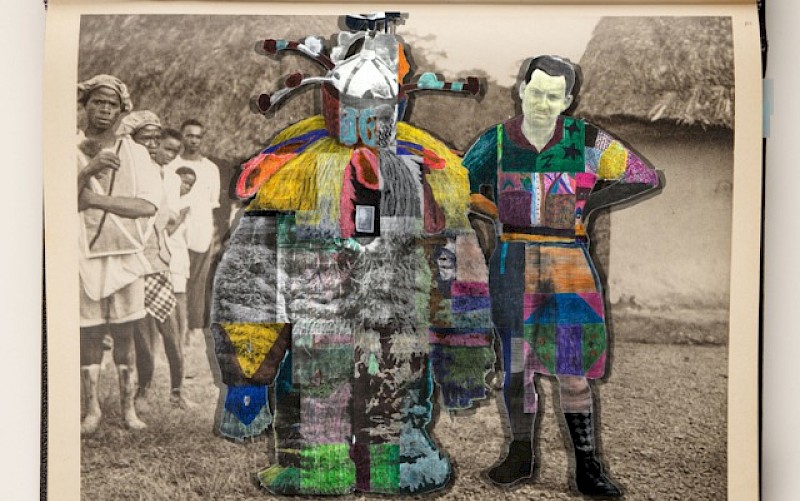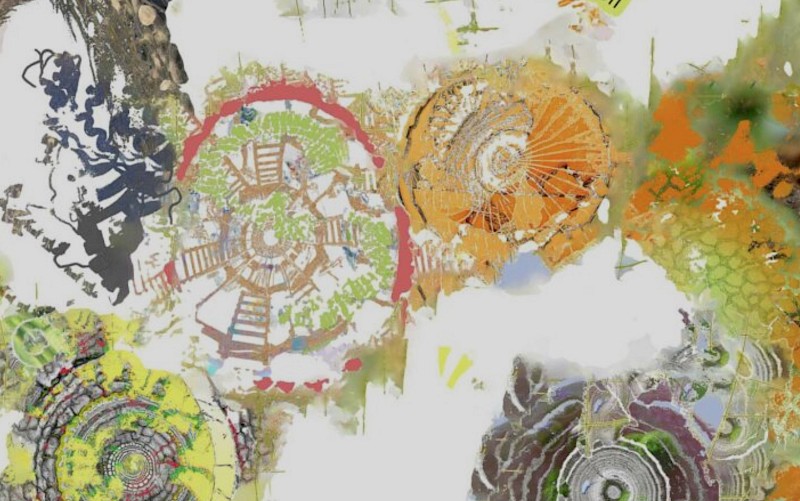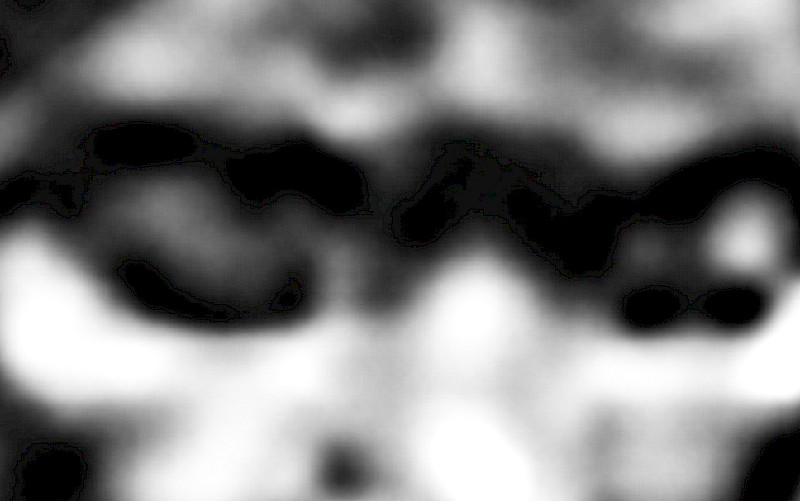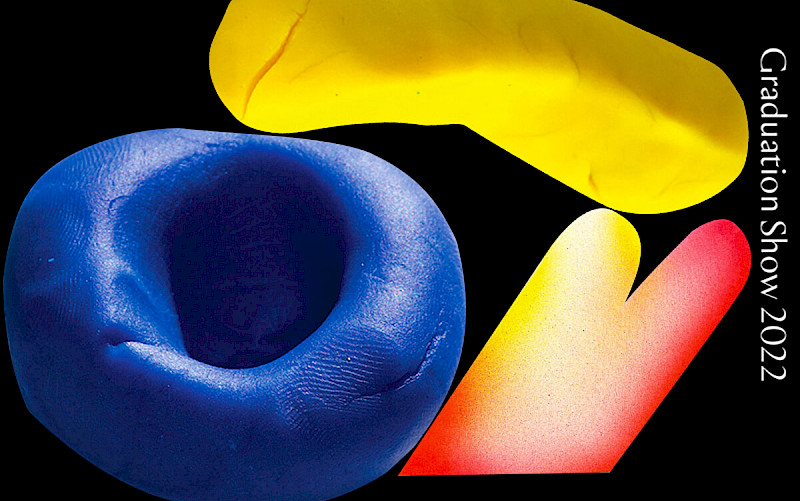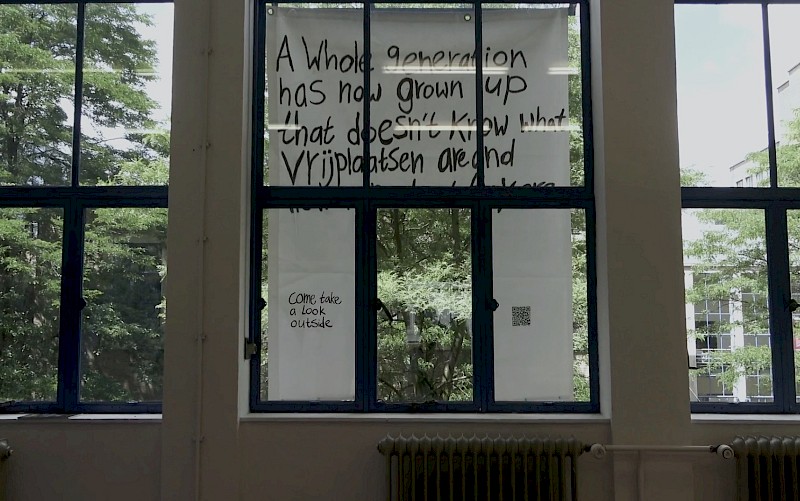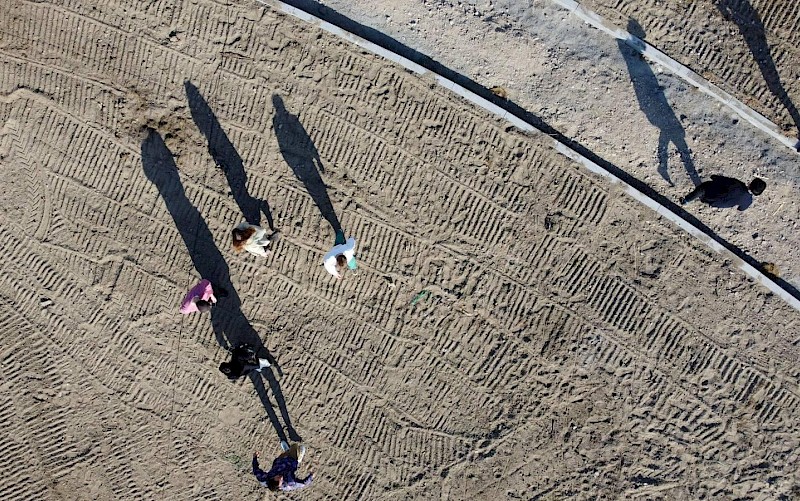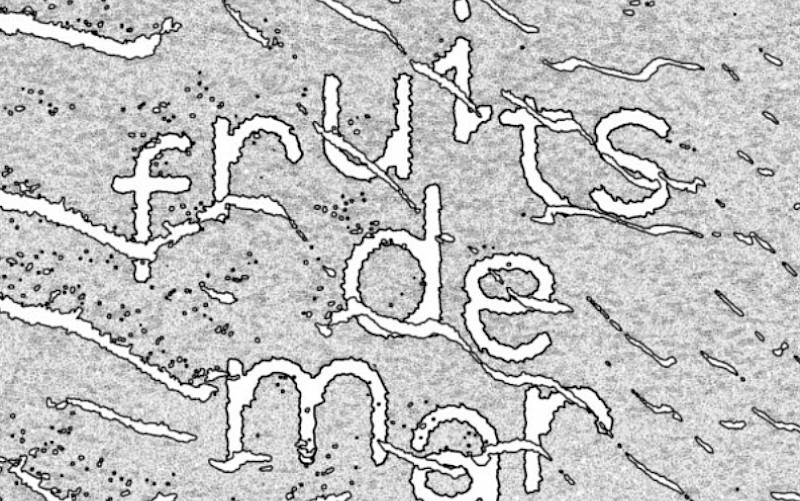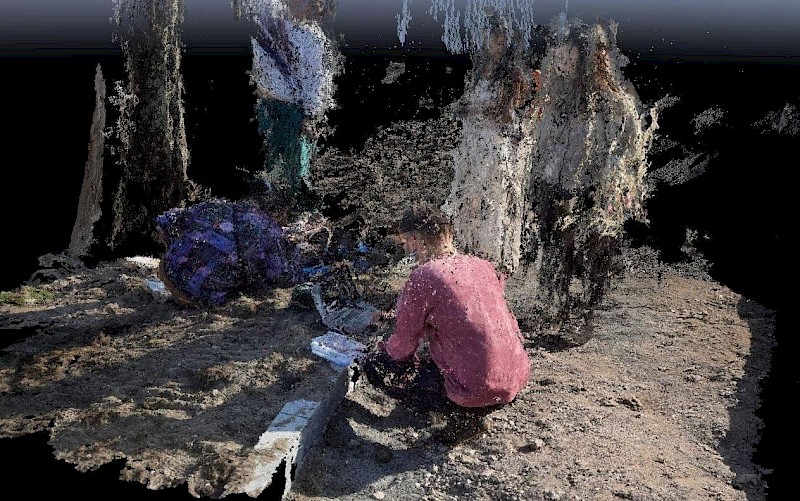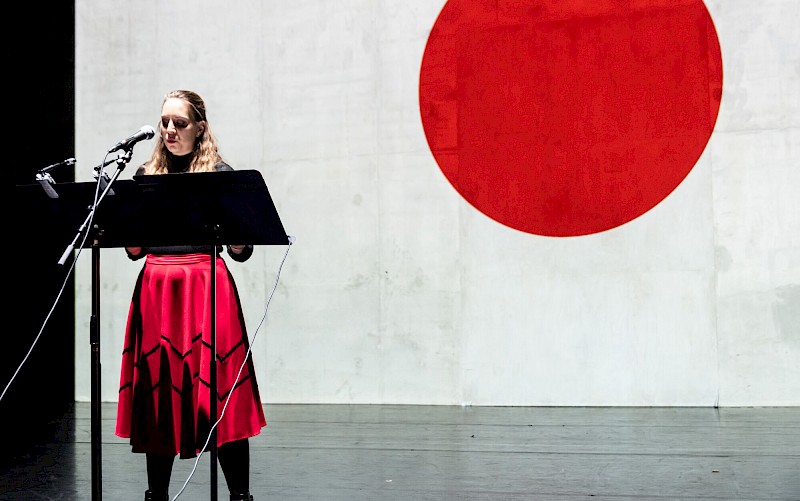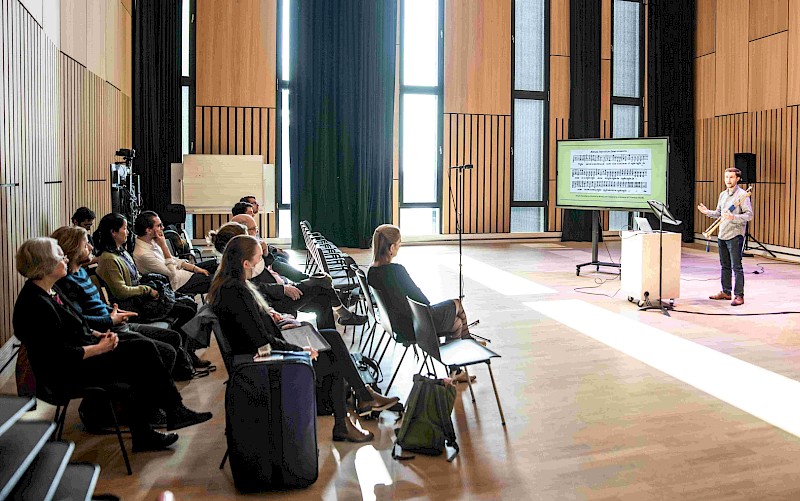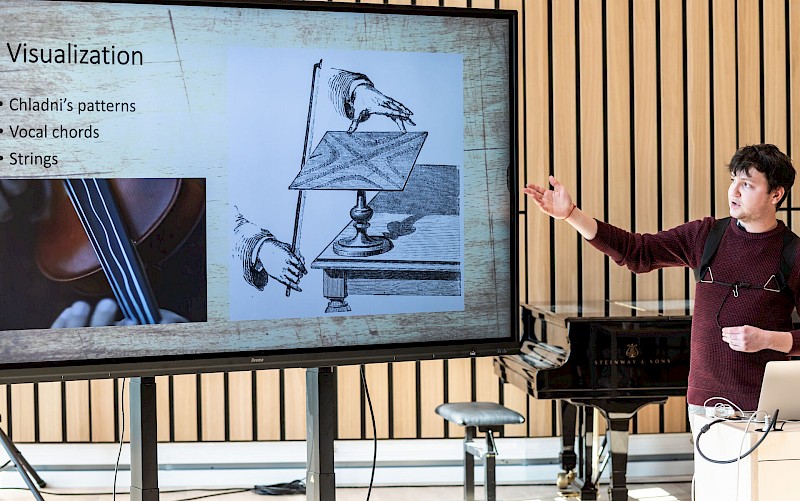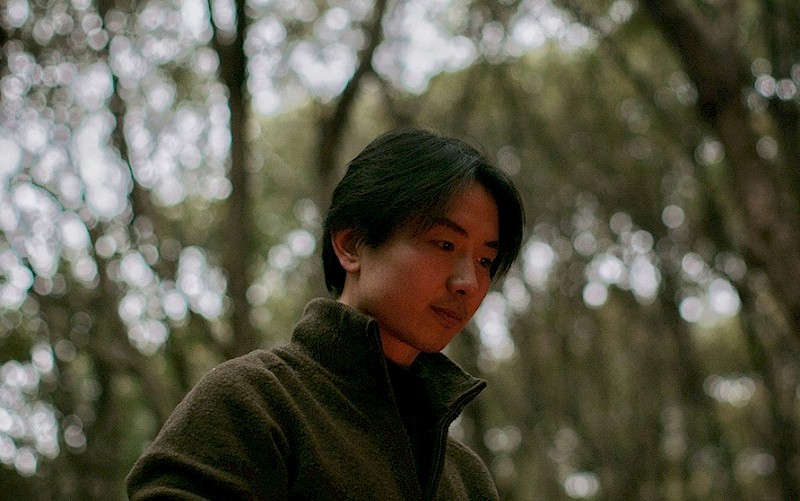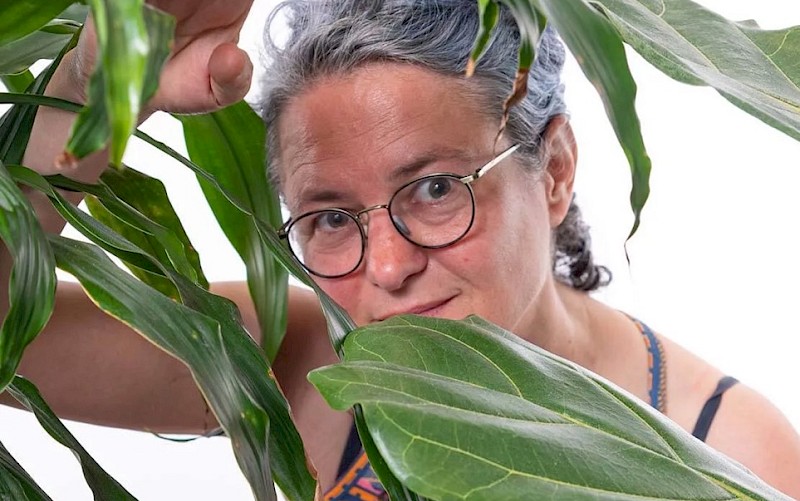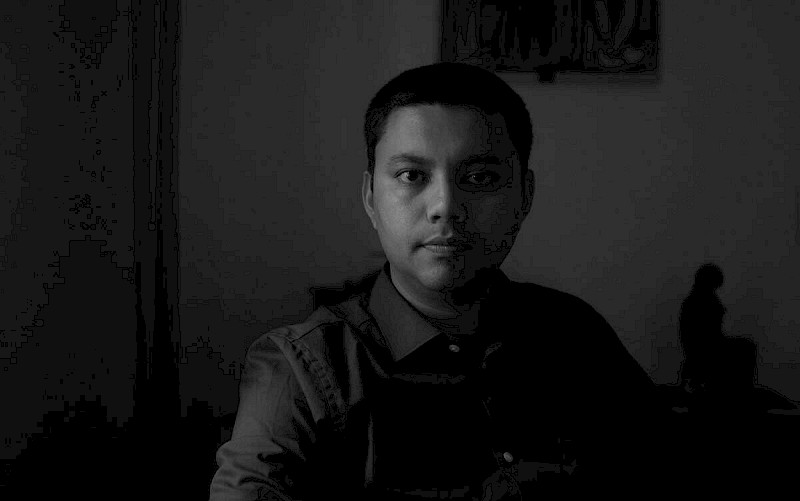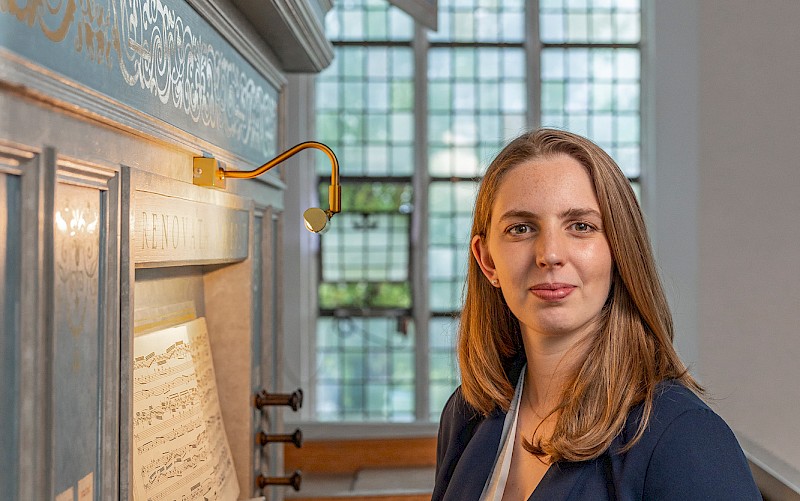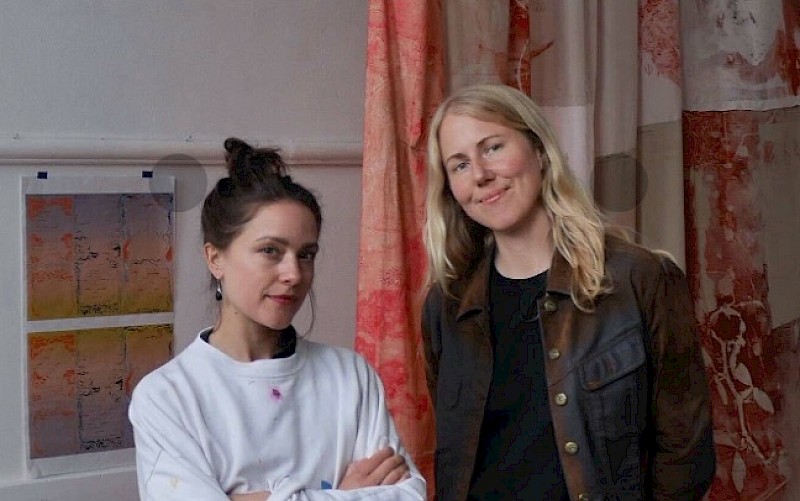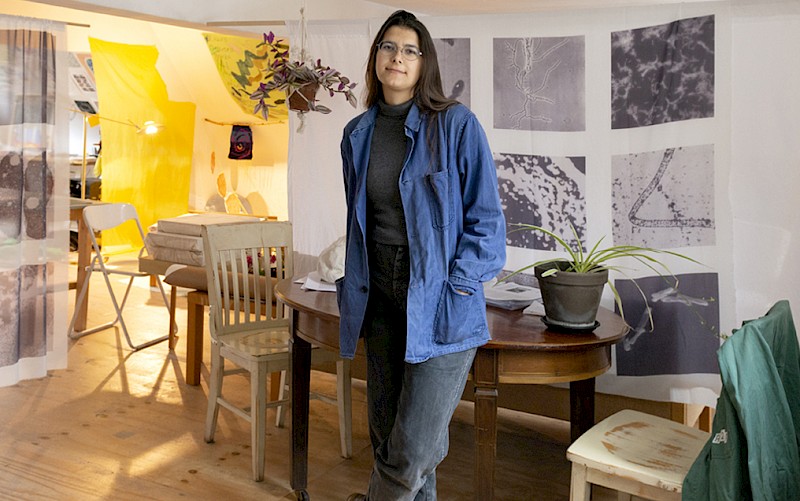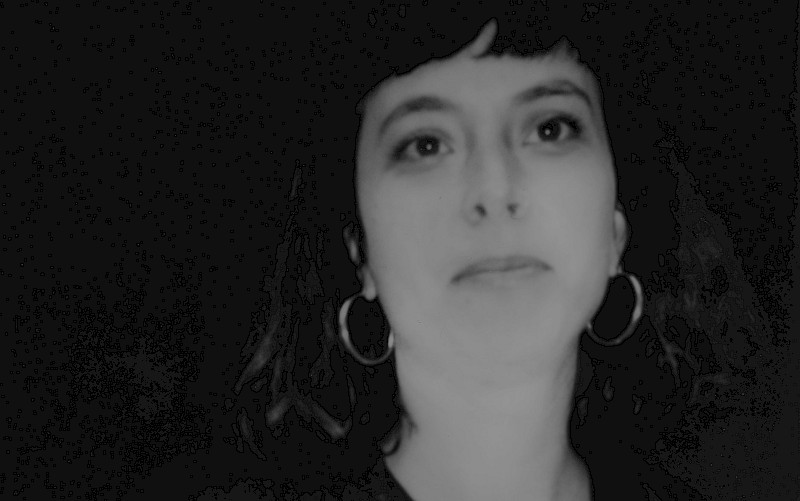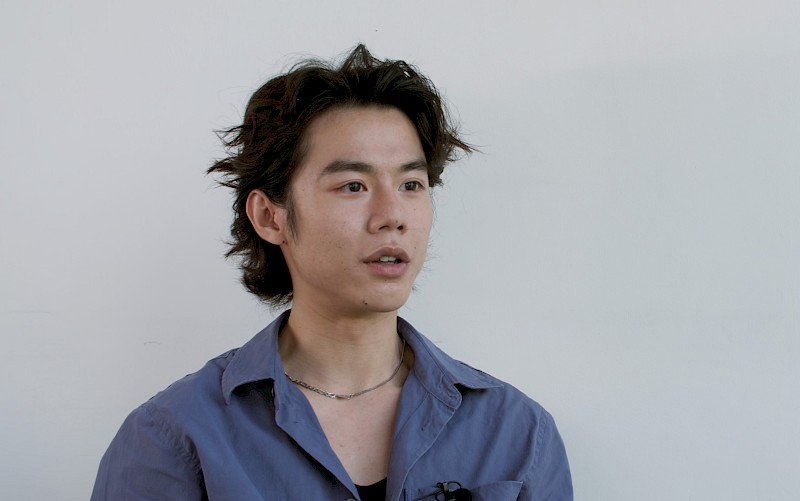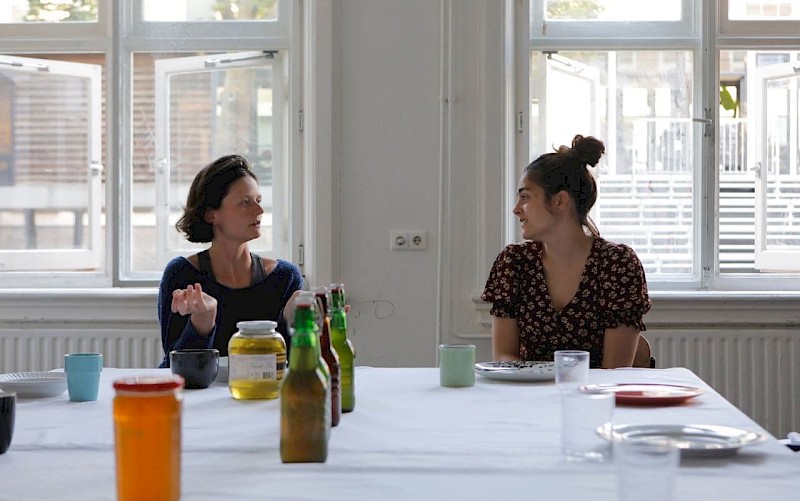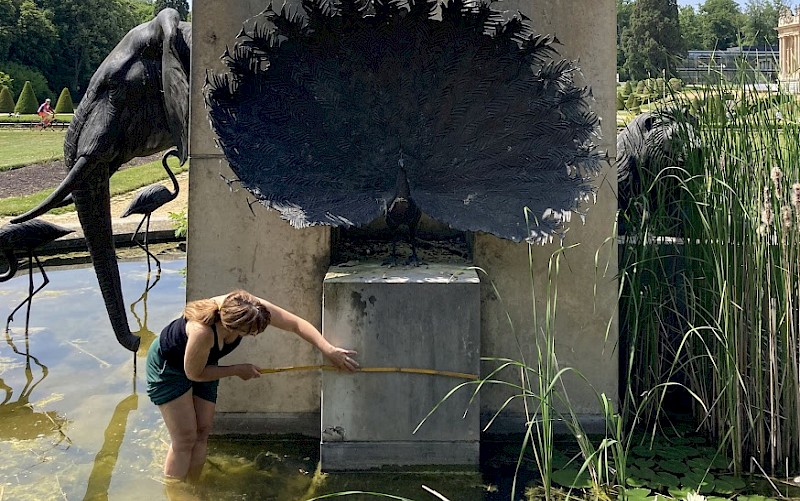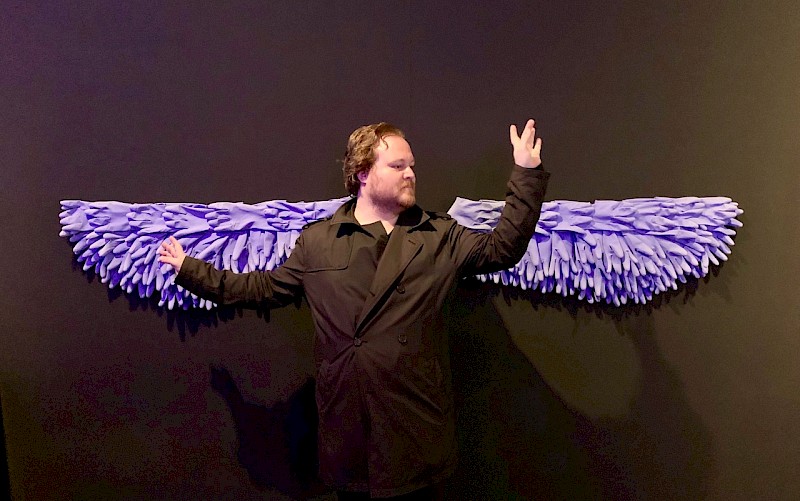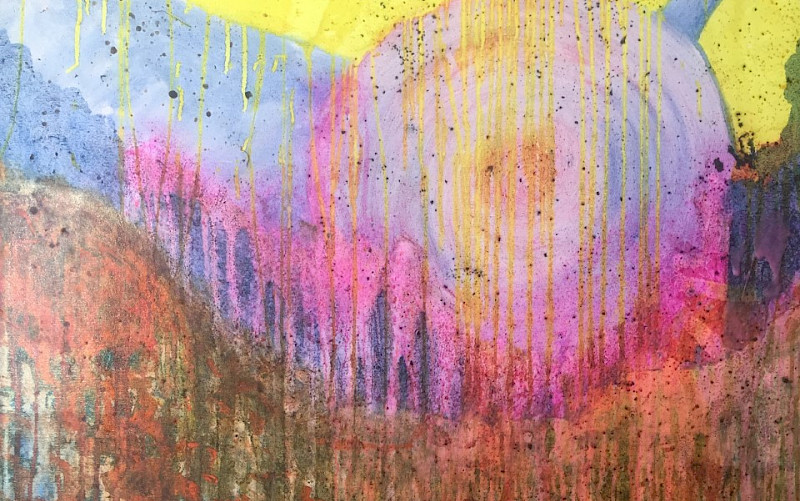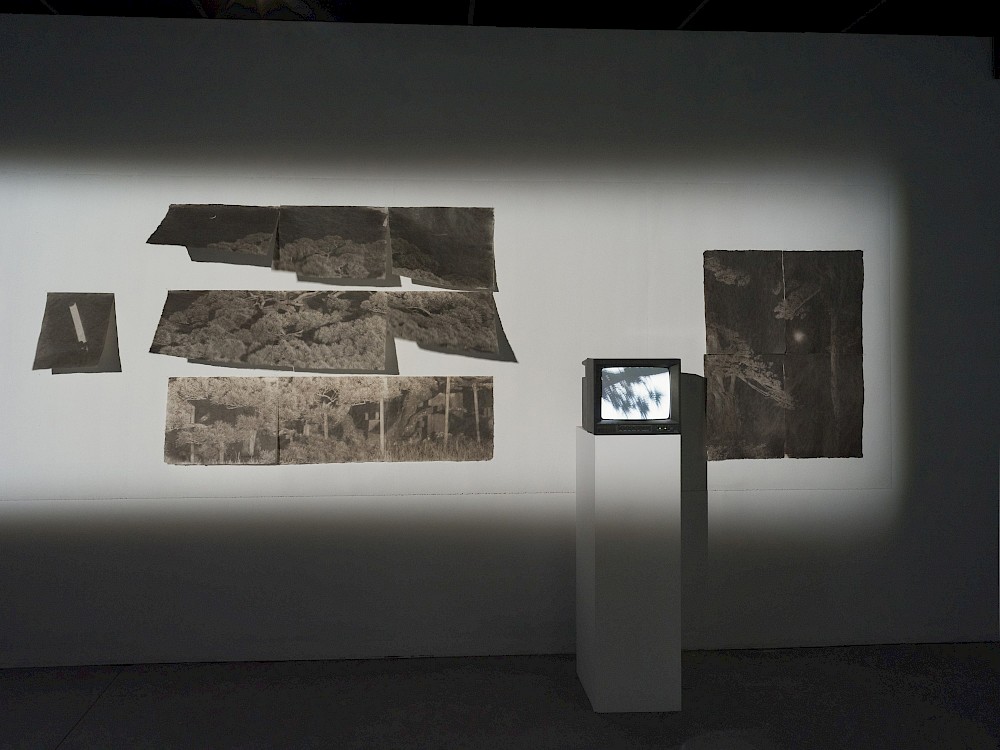
How to (Un)Name a Tree: Practicing Research Across Cultures and Contexts
How to (Un)Name a Tree is an ongoing practice-based research project that explores the entangled relationship between naming, seeing, and knowledge formation through three closely related pine species: Pinus hwangshanensis, Pinus taiwanensis, and Pinus luchuensis. These species, distributed across East Asia, have long been subject to taxonomic controversy, revealing how systems of naming retain the residues of imperial history and geopolitical sediment, offering a micro perspective through which the geopolitical imaginaries of contemporary East Asia may be reconsidered.
In this presentation, Zheng reflects on how this research has taken shape through a series of site-specific encounters across different cultural and institutional contexts. It begins with fieldwork and conversations in the native habitats of these pines across East Asia. It develops within exhibition settings in East Asia, where the shared cultural symbolism of the pine becomes a way of creating resonant, context-sensitive exchanges with local audiences. It further unfolds through a site-specific installation at the Leiden Botanical Garden, a place deeply embedded in the botanical knowledge lineage and its global circulations that once participated in shaping distant histories.
The project takes the form of a trans-regional structure. It traces the paths along which these species once travelled, shaped by geological forces. It also follows the historical routes of imperial expeditions, colonial archives, and postwar scientific disputes, examining how perceptions of nature have been shaped and reshaped through different systems of language and representation. Within this structure, each location is treated as a site of practice. The work does not regard these sites as places for translating a fixed or completed work, but as entry points through which local audiences may approach a shared body of research from their own positions. The gaps between these sites, and the asymmetries of understanding that emerge, are not obstacles to the work but part of how the research continues to unfold across cultures and histories.
